1. What is beverage packaging?
Beverage packaging is used for a variety of products such as bottled water, beer, coffee, soft drinks, dairy products, energy drinks, juices, sports drinks, tea, wine, and spirits. Various shapes of packaging are used for beverage packaging according to customer needs and applications.
2. What types of beverage packaging are there?
First, you need to decide how your drink will primarily be displayed on the shelf and what kind of container you plan to pack it in. While there are many options available, you need to balance your vision with the realities of cost and availability. You must also evaluate the selected beverage for compatibility with the beverage’s unique formulation, processing, and labeling requirements.
The type of material you choose matters, as each affects variables such as weight, sustainability, shelf life, shape retention, and temperature resistance. We’ll cover the three most common types, including plastic, glass, and metal, but we encourage you to do your own research to find the best option for your product.
1) Plastic
One of the greatest advantages of plastic packaging is that it is easy to shape, lightweight and durable. There’s a reason plastic (PET) bottles continue to be one of the most popular beverage packaging options in the industry. Thanks to innovative, improved processing methods and material enhancements, plastics can also handle pressurized liquids, such as carbonated beverages. The downside of plastic is that it has a shorter shelf life than a glass or metal container of the same size, and it’s not a sustainable option.
2) Glass
Glass is one of the oldest packaging materials in the beverage world. Unlike plastic, it is generally immune to CO2 loss and O2 ingress, extending shelf life. Of course, there are several trade-offs worth noting; for example, glass is very heavy and easily shattered, which can present a considerable challenge for shipping, especially when secondary packaging (film wrap, cardboard, plastic carriers, etc.) has insufficient time.
3) Metal
Most beverage cans in the world are made of aluminum. Lightweight and highly recyclable, the material is currently difficult to obtain in the required can form. In fact, the global shortage of cans is causing a real headache for beverage producers, so before you start looking at metal packaging, learn about the challenges you may face when storing the material. It might be worth the effort for some. Aluminum cans are excellent at escaping light, unlike glass and plastic cans, and are very effective at trapping oxygen and retaining carbon dioxide, making aluminum cans ideal for long shelf life applications.
Material costs also need to be considered. Plastic bottles can cost anywhere from 12 cents to 40 cents, depending on the type of plastic bottle (those suitable for special processing will be more expensive). Meanwhile, 12 oz. Decorated cans typically sell for about 15 cents each, with an average minimum entry order price, while glass bottles sell for 40 cents each.
You can lower your unit cost by buying or mass producing; however, both options require larger capital that you may not have until the business grows. Additional tips for reducing COGS can be found here.
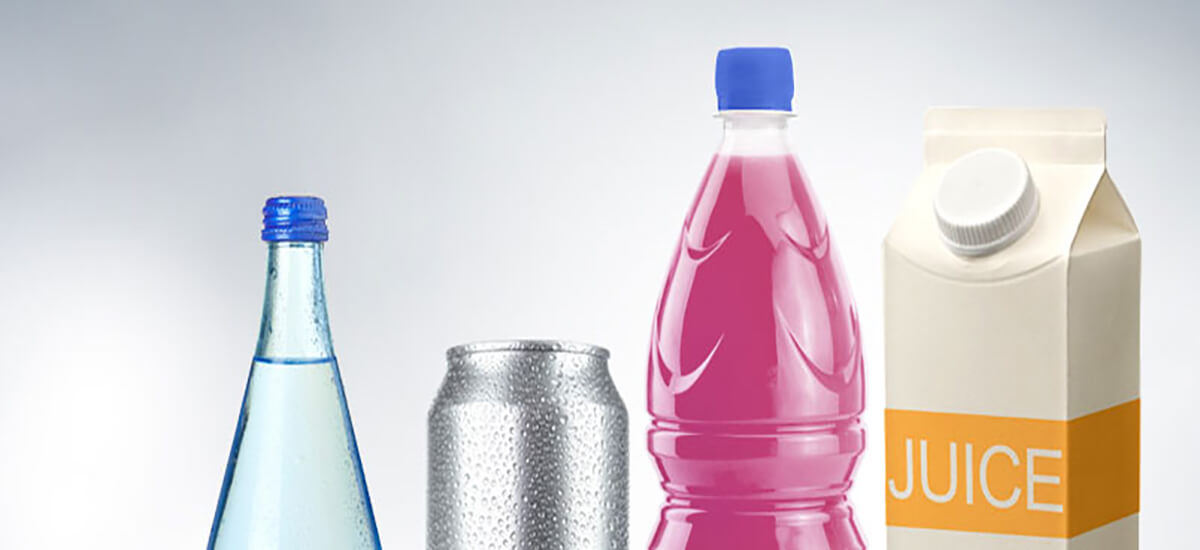
3. Which beverage packaging is the best?
Basically, beverage packaging has the following types:
- Less disposable bottle
- lPET recyclable bottle
- Disposable glass bottle
- Recyclable glass bottle
- Can
- Steel tank
- Beverage composite carton with and without aluminum foil
- HDPE bottle
1) Correct packaging: drink type
Ultimately which packaging is best depends on the type of product in the first step. “It is often forgotten that packaging has important functions such as protection, storage, and transport, or information on ingredients, sugar content, shelf life, barcodes or disposal notifications,” Fehringer points out.
Whether it’s milk, mineral water, lemonade, or fruit juice, every beverage has its own packaging requirements. Milk drinks and beer are best kept in dark packaging away from light as they will be exposed to sunlight.
Especially with milk, you have to differentiate between fresh milk and long-life milk. For example, fresh milk uses a beverage carton without an aluminum layer, while long-life milk, such as juice, requires an aluminum layer in the beverage carton.
Beer and lemonade also have special packaging requirements: “Because of the carbon dioxide content, these beverages are not in composite cartons,” says Roland Fellinger. To keep lemonade carbonated, it always needs dimensionally stable packaging.
2) Proper packaging: transport route from the bottling plant to the consumer
For PET bottles, we differentiate between single-use and recyclable products. PET recyclable bottles have thicker walls than PET single-use bottles. While environmentalists generally vilify all kinds of plastics, PET bottles are actually better than their reputation for ecological balance: their low weight saves resources during production and energy during transport.
Therefore, in terms of sustainability, choosing the right packaging depends on the length of the shipping route. If the transport distance from the filling point to the supermarket is not too long, reusable bottles are suitable: “For long distances of more than 200 km, the CO2 emissions in the exhaust gas are very high, so PET single-use bottles are more suitable than reusable bottles. The bottle is more environmentally friendly,” Fehringer said. Finally, the returnable bottles have to be sent back to the bottling plant, which means twice the distance.
“It is not only the transport route that determines the ecological balance of a reusable bottle but also its number of cycles,” we said. For example, glass returnable bottles should be recycled 15 to 20 times for a good life cycle assessment, and PET returnable bottles should be recycled at least 8 to 10 times. Bottles with low circulation have a poor life cycle assessment even if they are reusable.
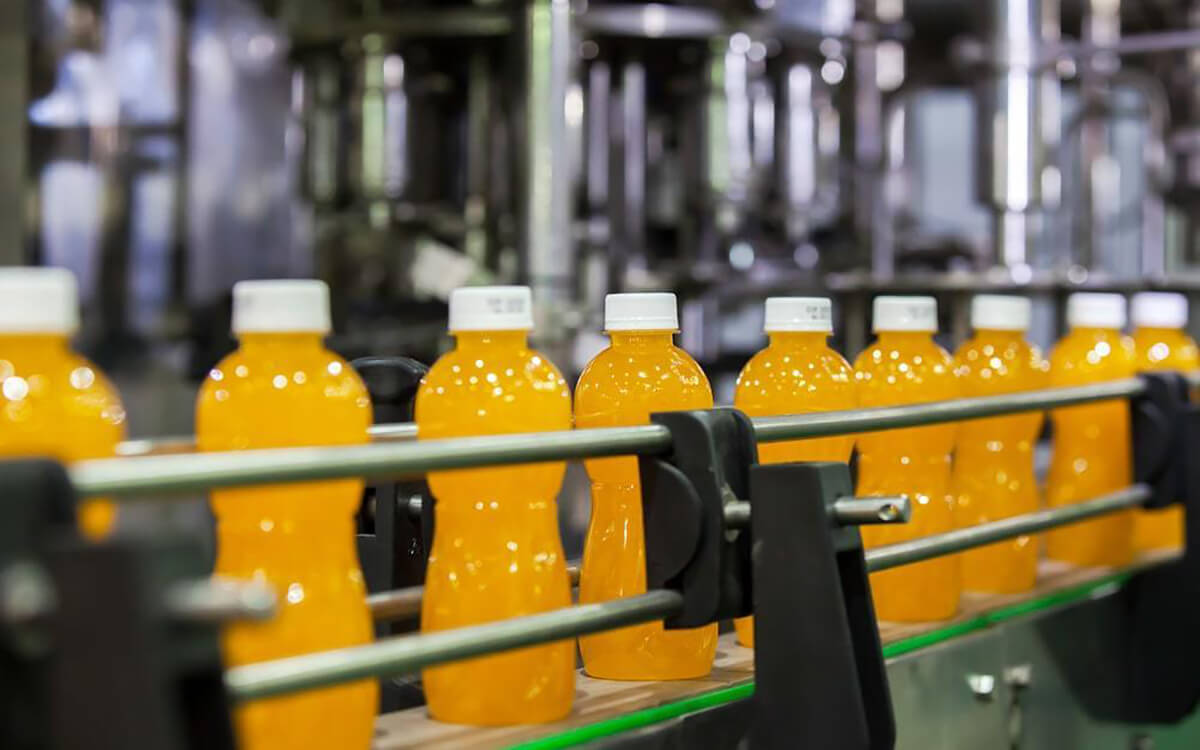
3) Correct packaging: weight and shape
In fact, in Austria, the maximum load weight per truck can reach 38 tons. The rule is that the lighter the package, the more drinks can be trucked. For example, a glass bottle weighs only 500 grams, while a one-way PET bottle only weighs 25 grams!
In the case of glass bottles, especially the bottles are transported, but in the case of boxes, cans, and PET bottles, it is of the utmost importance that the beverage is brought to the desired location. This makes traffic more efficient.
The shape of the package also plays a role: Conical glass bottles require more space than cans or drink cartons.
Summary: The most important rules at a glance
Here are the key parameters that determine whether one beverage packaging is more eco-friendly than another:
- Content: In terms of barrier performance, light protection, etc., what performance does the packaging need to meet. ?
- Glass single-use bottles have significant disadvantages compared to other packaging solutions due to their high weight
- Recyclable PET single-use bottles often have advantages over reusable glass bottles
- Packaging with a higher recycled content is better for the environment
- Reusable bottles are appropriate if the transport distance between bottler and consumer is low – for example, for regional products
- The quality of disposable containers, especially the caps
- High cycle rate of reusable containers
- Number of containers transported by each truck
- Degree of separate collection and recycling of single-use packaging
4. How to choose a suitable co-pack for beverage packaging?
Once you know what process and packaging your beverage requires, you need to find a contract manufacturer, or what we call a co-packer, who can meet those needs and produce your beverage.
When selecting a co-packing machine, the following should be considered:
- What are their processing capabilities?
- What is their minimum production volume?
- What types of packaging can their line fill?
- Do they have the appropriate licenses or certifications that you need?
- Are they following current good manufacturing practices?
- Does the factory participate in annual third-party audits? How much do they score?
- Where are they located relative to your distribution area?
It is important to weigh the pros and cons of working with any co-packer and understand all the costs involved to ensure you get the most bang for your buck. Finding an associate packer in close proximity is fine, but only if other considerations for ensuring beverage quality are met.
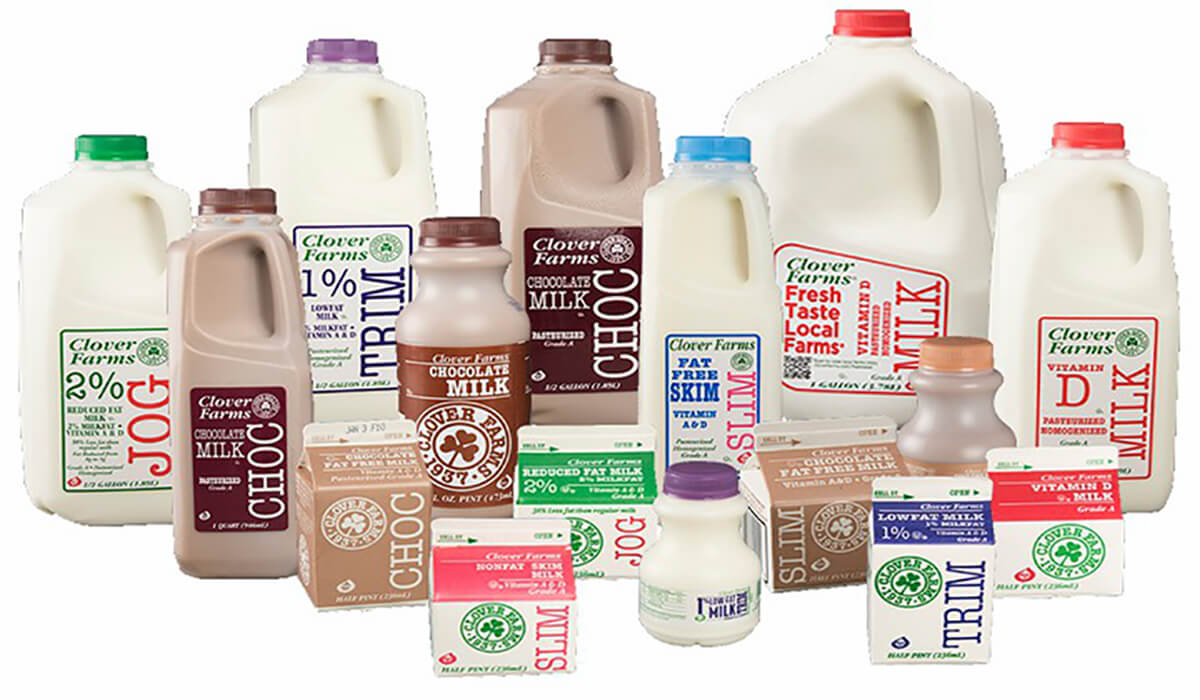
5. What should be paid attention to when looking for a beverage packaging agent?
Here are some tips:
1) Know your labeling requirements
Once you have selected a container type, co-wrapper, and label application for your beverage, the next step is to obtain a template for the area where the label artwork will be located. Stencils are usually provided by the company that purchased the beverage container.
There are different templates depending on how you will apply the label to the container: they can be printed directly onto the surface, printed on a packaging label, shrink-wrapped to the container, or by other means.
Different container types and label applications have different guideline requirements; therefore, when designing artwork for your beverage, not only is it important to obtain the correct template, but you must also ensure that your Guidelines for printing artwork on label applications.
Specific labeling guidelines cover everything from how many colors can be used to how barcodes must appear to what file format artwork should be delivered in. Companies that will print artwork on containers will often provide these guidelines, keep in mind that labeling your product will have cost implications.
Plastic or glass bottles require an additional fee to create and print product labels. If you plan on using cans, then your supplier will need to make a print version of your design, so add a few thousand dollars upfront to your packaging budget.
2) Don’t forget about traffic impacts
Beverages are perishable to some degree, so climate extremes, humidity, light, pests, and other environmental factors must be considered in packaging. After all, the packaging is the first line of defense for a product. Choosing the right packaging requires attention to how the product is shipped and stored.
When choosing your shipping company, you need to consider the distance and its capacity:
- Does your finished product have to be refrigerated?
- Can they be transported on bumpy rail cars?
- Is there a stress problem?
- If you have to ship your product a long way, does it make sense to manufacture it somewhere?
For example, if you’re transporting wine, you don’t want it to go above a certain temperature, but the stuff in the truck is going to get really hot. You have heat from the friction from the truck’s motion, you have outside factors to worry about, and you don’t usually have air conditioning here. If it gets too hot, you run the risk of popping the cork and spilling the product.
You’ll have the same problem if it’s too cold. Let’s say you’re shipping wine from northern Minnesota. Instead of getting hot, it’s going to be cold. This is why it is best to ship in a refrigerated vehicle, which will keep the product at a stable temperature regardless of the outside conditions, but again, this will come at a higher cost.
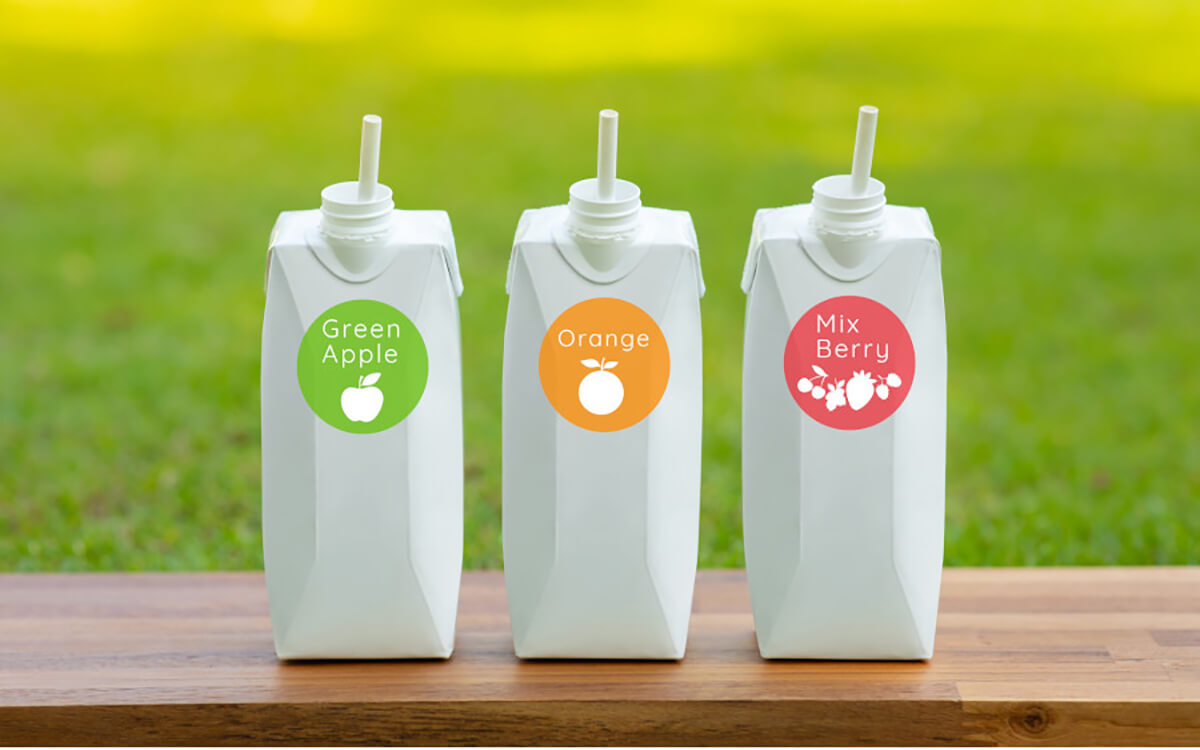
3) Select the appropriate storage scheme
As with transportation, the following points should be kept in mind when selecting storage or storage facilities:
- l Do they have temperature control?
- l Is humidity controlled?
- l Do they stack products?
- l How often do they check the facilities for pests and mold?
- l Do they check your products regularly?
If you are not careful, the storage conditions of the product will affect the quality of the beverage, which will cost you in the long run. For example, placing products in high-temperature warehouses may accelerate the aging of beverages and significantly affect their shelf life; Or excessively wet warehouses may corrode the beverage packaging. In general, running the product without inspection can turn any number of small problems into big problems.

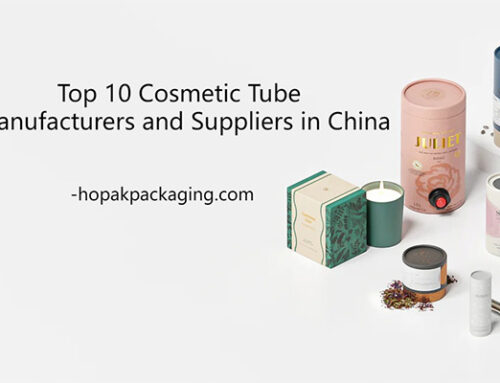
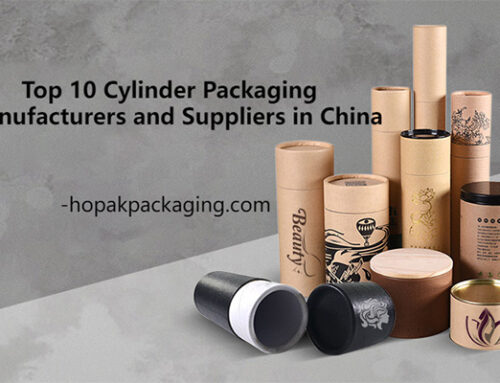
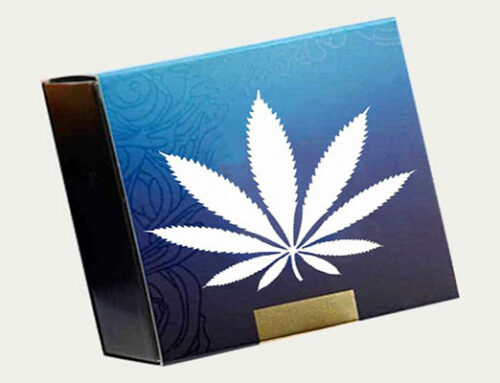
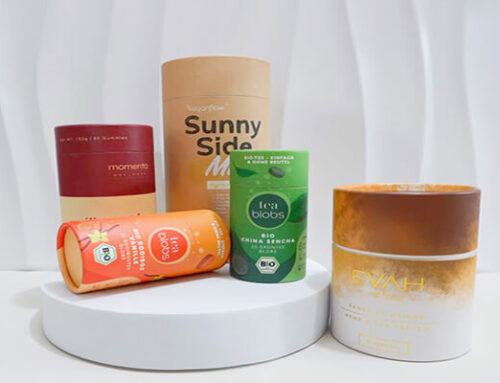
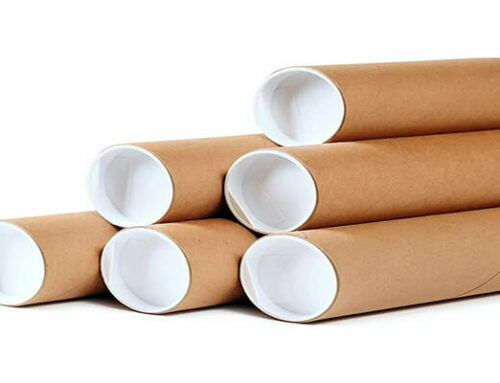
Leave A Comment